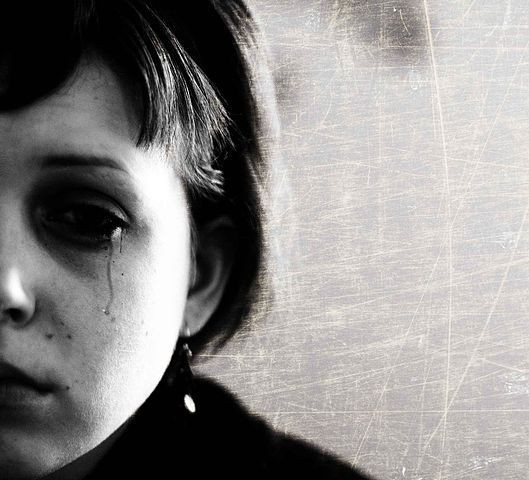Depression 2 Times More Likely In Children With Brain Injuries; Brain Damage Operates Similarly In Children And Adults

Traumatic brain injury is often considered a life-changing event among adults, as it sometimes spurs the onset of an affective disorder, such as depression. Yet, researchers have neglected children when studying the effects of brain injuries… until now. A team of Brown University scientists discovered that children who had suffered brain injury or concussion were twice as likely to develop symptoms of depression as their peers.
“Brain injury remains significantly associated with depression in children despite adjustment for known predictors,” wrote the authors. “This study may enable better prognostication for brain-injured children and facilitate identification of those at high risk of depression.”
Children
To identify the prevalence of depression in children with brain injuries, including concussions, the researchers delved into the data gathered for the 2007 National Survey of Children's Health. Soon, they identified a total of 2,034 children who had suffered a brain injury; this corresponded to a national prevalence of 1.9 percent in 2007. Next, they identified a total of 3,112 children who had been diagnosed with depression (a prevalence of 3.7 percent). Early analysis revealed, when compared to others, children with brain injury had a 4.9-fold increase in odds of diagnosed depression. Next, the researchers adjusted for age, race, ethnicity, family income and structure, maternal mental health, child health, and developmental achievement. After conducting a second analysis, they found brain injury remained a significant predictor of depression among the children.
“In the largest study of the association of brain injury and depression to date, we found an overall prevalence of depression in U.S. children of 3.7 percent,” wrote the authors in an abstract of their study. “In children diagnosed with brain injury or concussion, the prevalence of depression was 15 percent.”
How do these results compare to studies of adults who have suffered traumatic brain injury (TBI)?
Adults
A team of Norwegian researchers found that the prevalence of depression among adults with TBI, as reported in scientific literature, varied greatly and had been recorded within the range of 17 percent to 53 percent. They set out, then, to determine the prevalence more precisely. Secondarily, they hoped to identify predictors of depressive symptoms and psychological distress.
To satisfy both these requirements, they designed a study in which they would assess depressive symptoms at three months, one year, and five years after injury. Their longitudinal study included a total of 118 individuals between the ages of 16 and 55 (mean age of 32.5), nearly a third being women (29 percent). All had been hospitalized in the Trauma Referral Centre of Oslo University Hospital from 2005 to 2007. Of the 118 individuals, 66 percent had sustained a moderate to severe TBI while just over a third had sustained a mild TBI.
Using the Hospital Anxiety and Depression Scale, the Symptom Checklist 90-Revised, as well as the Fatigue Severity Scale, participants were instructed to assess and report on pain, fatigue, depression, among other characteristics. The researchers also recorded substance abuse as well as other demographic information for each participant. “A considerable number of individuals had substance abuse problems and unemployment,” wrote the authors. The highest number of injuries (46 percent) was caused by car (and other transportation) accidents, followed by falls (27 percent), assaults (19 percent), and other causes (eight percent).
Upon analysis of the data, the team discovered the prevalence of depressive symptoms to be 18 percent at three months, 13 percent at one year, and 18 percent at five years after injury. Only four percent of the participants had persistent depressive symptoms throughout the set time points. Significantly, men reported more depressive symptoms than women at the one year mark.
“Psychosocial stressors and employment status contributed to depressive symptoms and psychological distress, whereas injury severity did not have any predictive value,” wrote the authors in their study. “The prevalence of depressive symptoms remained stable over time, emphasizing the importance of recognizing and treating depression early after the injury.”
Sources: Wylie MC, Gjelsvik A, Linakis JG, Vivier P. Depression in Children Diagnosed with Brain Injury or Concussion. American Academy of Pediatrics Presentation. 2013.
Sigurdardottir S, Andelic N, Roe C, Schanke AK. Depressive symptoms and psychological distress during the first five years after traumatic brain injury: relationship with psychological stressors, fatigue and pain. Journal of Rehabilitative Medicine. 2013.
Published by Medicaldaily.com



























